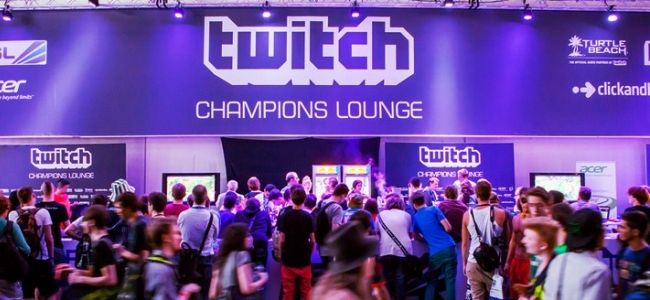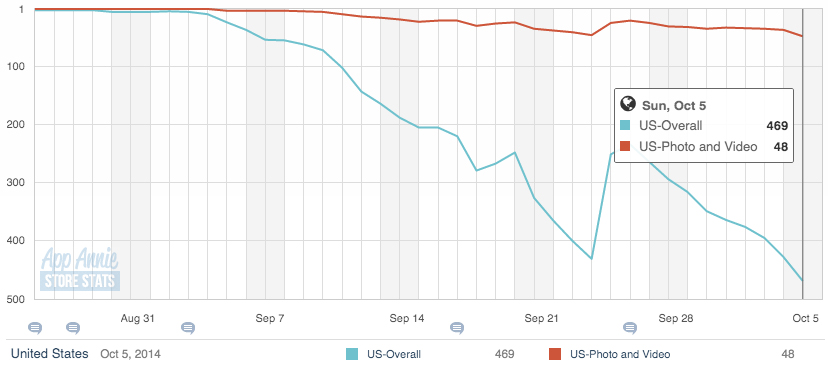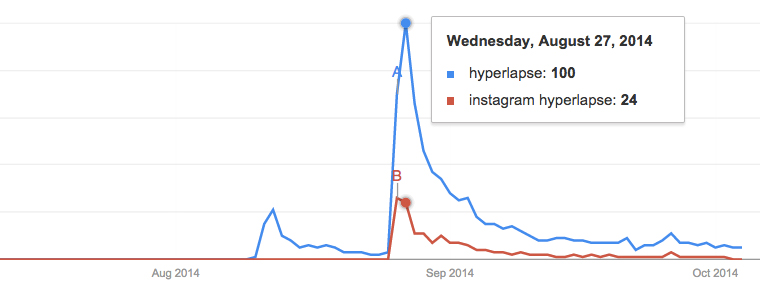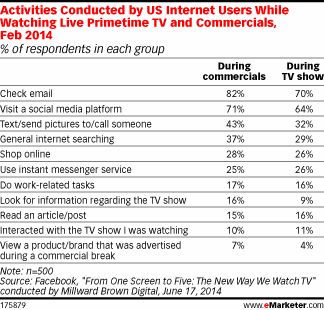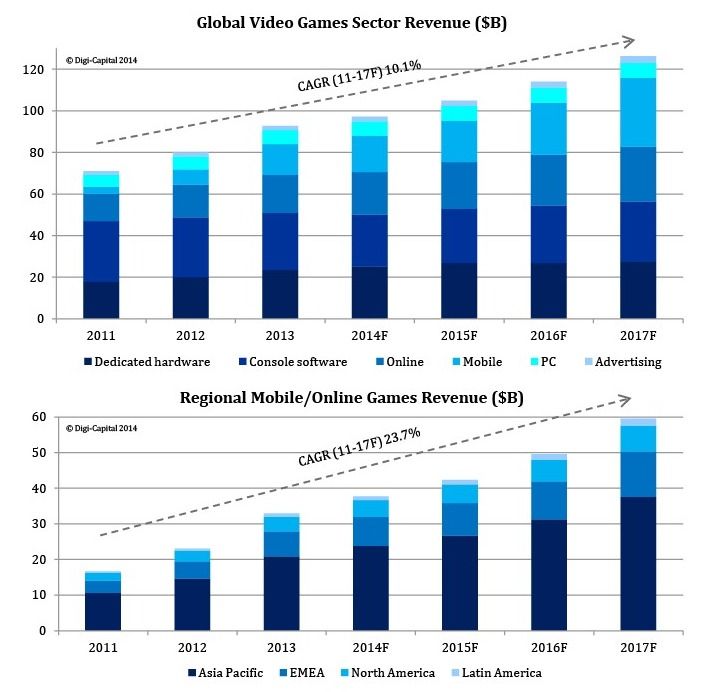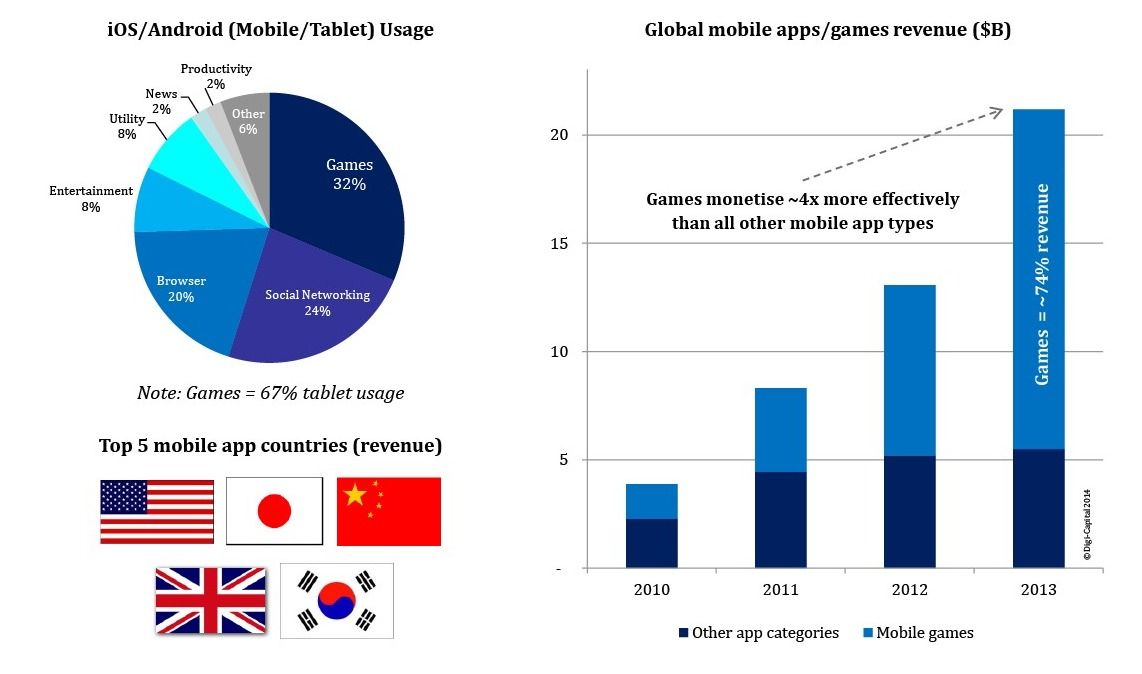Before Red Bull crowned Choi “Bomber” Ji Sung the new Battle Grounds Champion, Ben Goldhaber, director of content marketing at Twitch, took part in an eSports panel at Georgetown University. The fact that eSports is on Georgetown’s radar says a lot about the rise of professional gaming. As does the fact that Red Bull continues to steer clear of organized leagues in favor of hosting its own StarCraft II tournaments in front of live audiences like the sold out National Theater in Washington, D.C., host of the Finals.
“Georgetown makes a lot of sense since the focus of the panel was how to break into eSports,” said Goldhaber. “That’s one of the main topics that the audience was most interested in. Everyone on the panel had a cool origin story. A lot of the audience was fans of eSports, but also Georgetown students on the more technical side with a lot of engineers in the building looking to break in. We’ve seen universities do this in the past, but it is indicative that the industry is growing a lot of interest with young audiences.”
 Ben Goldhaber
Ben Goldhaber
Goldhaber has been a competitive gamer his entire life, playing every role that can be played in eSports from player to commentator to streaming as a broadcaster to event organizer and even running some pro gaming teams. He became so obsessed with the streaming aspect of eSports that he worked on GameCast TV, which aggregated all the different eSports streams back in 2010. He made the right connections and had the streaming skills necessary to join up with Justin.tv in the early days before Twitch.tv was spun off.
“Livestreaming used to cost an arm and a leg just to create a stream,” said Goldhaber. “In the early days of eSports, 10 years ago, the viewership was a fraction of what it is today. Twitch made it so that anyone can contribute to the general eSports space from small organizers to big guys and everyone could make a lot more profit and assume a lot less risk. The current era of eSports is thanks to livestreaming technology. Some amazing games have come out to support eSports, including StarCraft II, Street Fighter IV, Counter-Strike: Global Offensive, Dota 2 and League of Legends. All of these games came out around the same time as livestreaming has exploded.”
Goldhaber has seen a lot of streamers emerge with the launches of PlayStation 4 and Xbox One. He said you don’t need an expensive set-up to be a good, entertaining broadcaster. One of the keys is to have a consistent streaming schedule for fans to follow.
“Console eSports is a little behind PC, but it does allow anybody to have a seamless streaming experience with the press of one button,”said Goldhaber. “We’ve seen Call of Duty, FIFA and other popular console games find streamers who may not have been able to stream before. A lot more folks can get exposure, especially for COD and FIFA in eSports, with SDK integration.”
Another growing opportunity for eSports is mobile, which Goldhaber calls “the next frontier for Twitch.” He said mobile streaming is growing along with viewership at an exponential rate as mobile devices get more powerful and the games get more sophisticated.
“ESports for mobile hasn’t really taken off yet, although we’ve seen it with World Cyber Games in the past with Samsung,” said Goldhaber. “We haven’t seen one developer jump in yet, but there are some MOBA (multiplayer online battle arena) games coming out in the next year that look promising.”
One such game is Vainglory, which was featured on stage during Apple’s iPhone 6 press conference. Goldhaber said Apple could have picked any popular genre to showcase, but there hasn’t been a defined mobile MOBA that really has taken the whole market share. That’s the motivation for them to showcase the MOBA during their press conference.
“We’re seeing growth in every major mobile genre and game on Twitch, not just eSports but Minecraft is exploding, there are huge numbers for speed running, talk shows are growing, every genre is growing,” said Goldhaber. “I would expect to continue to see exponential increases in viewing and streaming in mobile and across all platforms.”
Lately, eSports developers and leagues have been playing a game of one-upmanship to host events in bigger convention centers, NBA arenas and even soccer stadiums across the globe. These events, and the tens of millions of eyeballs they’re attracting, is luring in mainstream brands eager to connect with Millennials.
“It’s not a coincidence that brands like Coke Zero and American Express jumped into LCS with the Galen Center and Staples Center last year,” said Goldhaber. “These big events are things that brand executives need to experience to understand. Every time there’s a major eSports event in a stadium, there are execs in the venue to see how real the fans in the audience are and how much like a real sport it’s becoming. These massive stadium presences are crucial to the legitimacy of eSports. When they see tens of thousands of people screaming in a stadium, the parallels are there.”
Over the last two years eSports has exploded from one or two events in Asia to multiple stadium events in Europe and in the U.S. to over 50,000 people at the LCS Finals this year. Beyond brands, Goldhaber said these events offer a growing exposure to people not endemic to the game industry.
Despite the recent televised X-Games Austin on ESPN and the coverage of The International on ESPN3, Goldhaber doesn’t see television as an important part of eSports’ future.
“We no longer think TV is relevant for eSports,” said Goldhaber. “Getting spots on HBO Real Sports was cool to watch, but TV is old media and the hosts of that show had a problem wrapping their heads around eSports. TV could bring in a new audience, sure, but the sheer quantity of folks is so massive already that Twitch is outpacing a ton of cable networks. We’re peaking higher than huge brands on cable TV. I’d be happy to see more eSports on TV, but it’s not crucial to its growth.”
It’s also worth noting that Twitch is already on TV in the living room through Chromecast and Xbox.
“ESports is in its infancy, especially in context to mainstream sports being on TV,” said Goldhaber. “I honestly think it’s only a matter of time before eSports becomes more mainstream. Being on mainstream TV could help accelerate that process, but it’s not important in the long run. As my generation gets older and have families of our own, the change will naturally happen. This generation that’s growing up with eSports will have kids and they’ll root for TSM in LCS along with their children.”
Although there are plenty of female fans watching eSports, the amount of female pro gamers still pales in comparison to males. But Goldhaber said there are more successful female pro gamers emerging across Counter-Strike, Call of Duty and SF4.
“The main debate is should there be separate leagues for males and females,” said Goldhaber. “I don’t have a strong opinion one way or another. A female-only league could build out the infrastructure for more girls to get into pro gaming at a younger age. As gaming becomes more mainstream, we’re seeing more female gamers as a whole, and more female pro gamers. The ratio of male to female is much better than it was a few years ago.”
It seems like every developer and publisher is working on either new eSports content for their established games or creating brand new games for eSports. With the growing Twitch livestreams, there’s room for more games.
“It all depends on how you define eSports,” said Goldhaber. “In my personal history as a competitive gamer, I never used eSports for the first 10 years. I wasn’t part of the larger eSports scene. I was playing a niche game with a small community, but there were a few dozen teams that played every single week. It wasn’t huge prize money, but it was competitive. As long as a game is balanced, fun and competitive, it will have a competitive scene around it. We’ve seen Super Smash Bros. have a meteoric rise over the last year with that awesome documentary that came out and the last-second entry at EVO. I never saw that coming. I played it growing up, but streams are getting 30,000 to 40,000 unique viewers for regular tournaments and EVO got over 140,000 concurrent viewers. There’s room for tons more games to grow. CSGO has exploded the last six months and no one could have predicted that. I don’t think we’ll get to the point where we’ll see massive Tetris leagues with huge corporate sponsors, but competitive gaming will continue to grow.”
This month will see Riot Games celebrate the end of another LCS with its Championship in South Korea, and early next month Blizzard host the StarCraft II Finals at BlizzCon.

 Ben Goldhaber
Ben Goldhaber